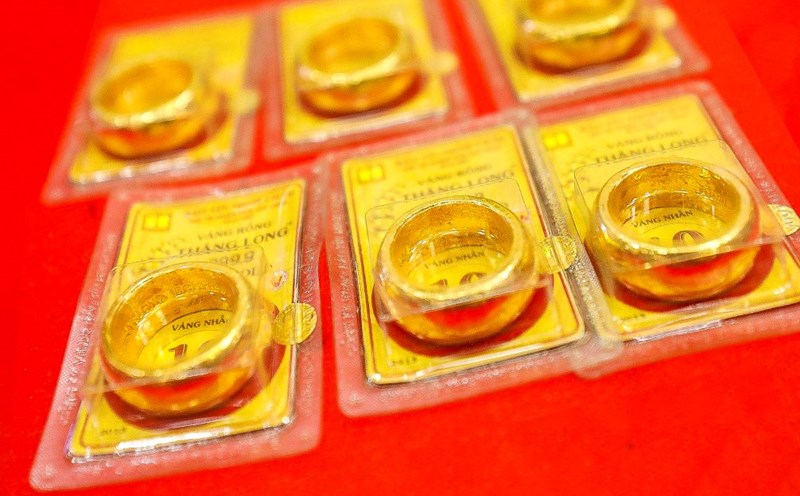Although this precious metal had at times exceeded 2,900 USD/ounce, at 4:40 p.m. EST, the closing price was 2,883.5 USD/ounce, up slightly 7.7 USD, equivalent to 0.27%.
Gold's sharp rise comes amid growing concerns about international trade relations after US President Donald Trump announced new tariffs.
The rally was fueled by bullish market sentiment and a weaker US dollar, with the USD Index down 1.77% since the start of the week to 107.47, a 0.34% decline in today's session alone.

The recent market volatility stems from President Donald Trump’s February 1 announcement of significant tariffs on key trading partners. The initial plan included a 25% tariff on all non-energy imports from Mexico and Canada (with a 10% tariff on energy resources), along with a general 10% tariff on imports from China.
While tariffs on goods from Mexico and Canada have been temporarily suspended for 30 days to allow for further negotiations, the US administration has maintained its tough stance on imports from China and implemented the announced tariffs.
Beijing was quick to respond. On February 6, Chinese finance officials announced retaliatory tariffs, including a 15% levy on coal and liquefied natural gas imported from the United States, effective February 10.
China also increased tariffs by 10% on US crude oil, some auto products and agricultural equipment, and imposed new export controls on key minerals.
Rising tensions between the world’s two largest economies have investors seeking safe havens, especially gold. The US dollar index, which measures the greenback’s strength against a basket of six major currencies (of which the euro has a 57.6% weighting), continued to fall as investors adjusted their portfolios to cope with escalating trade risks.
The simultaneous implementation of retaliatory tariffs by both the United States and China marks a significant escalation in trade tensions, raising concerns about the potential impact on global economic stability.
As the two economic superpowers enter the early stages of a trade war, markets continue to closely monitor developments that could impact international trade flows and economic growth prospects.











